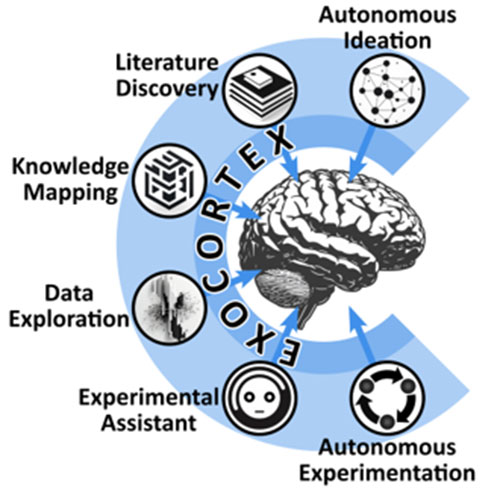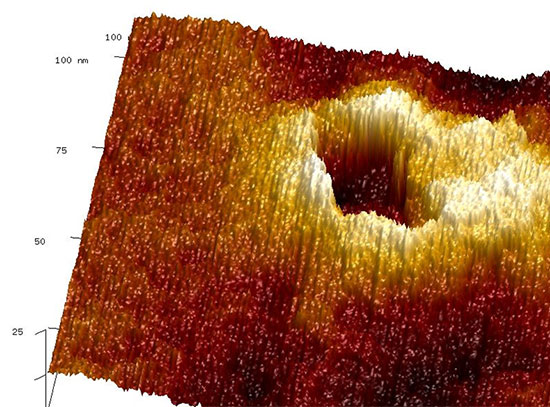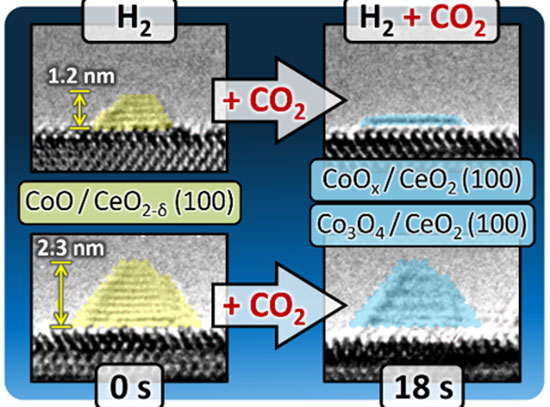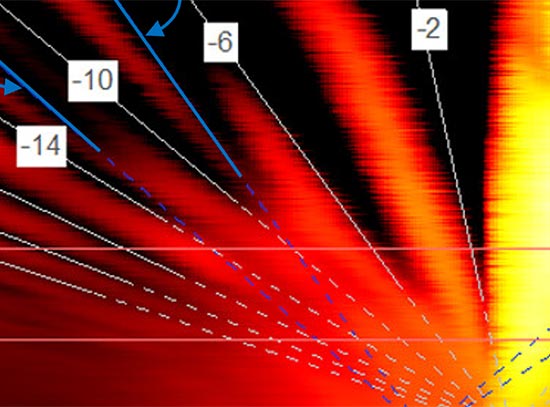A 'Science Exocortex' Would Let Scientists Tackle Harder Problems
January 21, 2025
Scientific Achievement
Researchers proposed a concrete design for a “science exocortex” where a team of AI agents expand the capabilities of a scientist.
Significance and Impact
This novel concept calls for the creation of a coordinated swarm of semi-autonomous AI agents, each leveraging frontier AI concepts (like large language models) to work on research problems. By working together on problems, often behind-the-scenes, the swarm empowers the research to do more.
Research Details
Researchers propose the creation of a “science exocortex” which would extend researcher cognition. Concrete design elements are proposed. In particular, it could be implemented as a set of AI agents adapted to domain science problems and then allowed to communicate and coordinate by exchanging (natural language) messages. Several AI research challenges are exposed, including the need to adapt foundation models to science, to enable “reasoning” in AI by allowing them to iteratively work on problems, and enabling emergent “swarm intelligence” by correctly coordinating multi-agent workflows. If successful, this strategy would empower a new paradigm of scientific discovery, that accelerates research and allows scientists to tackle more challenging topics.
- A concrete design is proposed, wherein AI agents communicate with one another (in natural language), collaborating on tasks semi-autonomously, surfacing only high-value results and decisions for human intervention.
- The design calls for connecting AIs to science resources, including publications, scientific software, databases, and automated instruments.
- A path forward is charted, noting open research questions and significant challenges.
Publication Reference
Yager, K.G. "Towards a Science Exocortex" Digital Discovery 3, 1933 (2024).
DOI: http://dx.doi.org/10.1039/D4DD00178H
Acknowledgment of Support
This research was carried out by the Center for Functional Nanomaterials, which is a U.S. DOE Office of Science Facility, at Brookhaven National Laboratory under Contract No. DE-SC0012704. We thank Dr. Charles T. Black for fruitful discussions.
2025-22302 | INT/EXT | Newsroom










